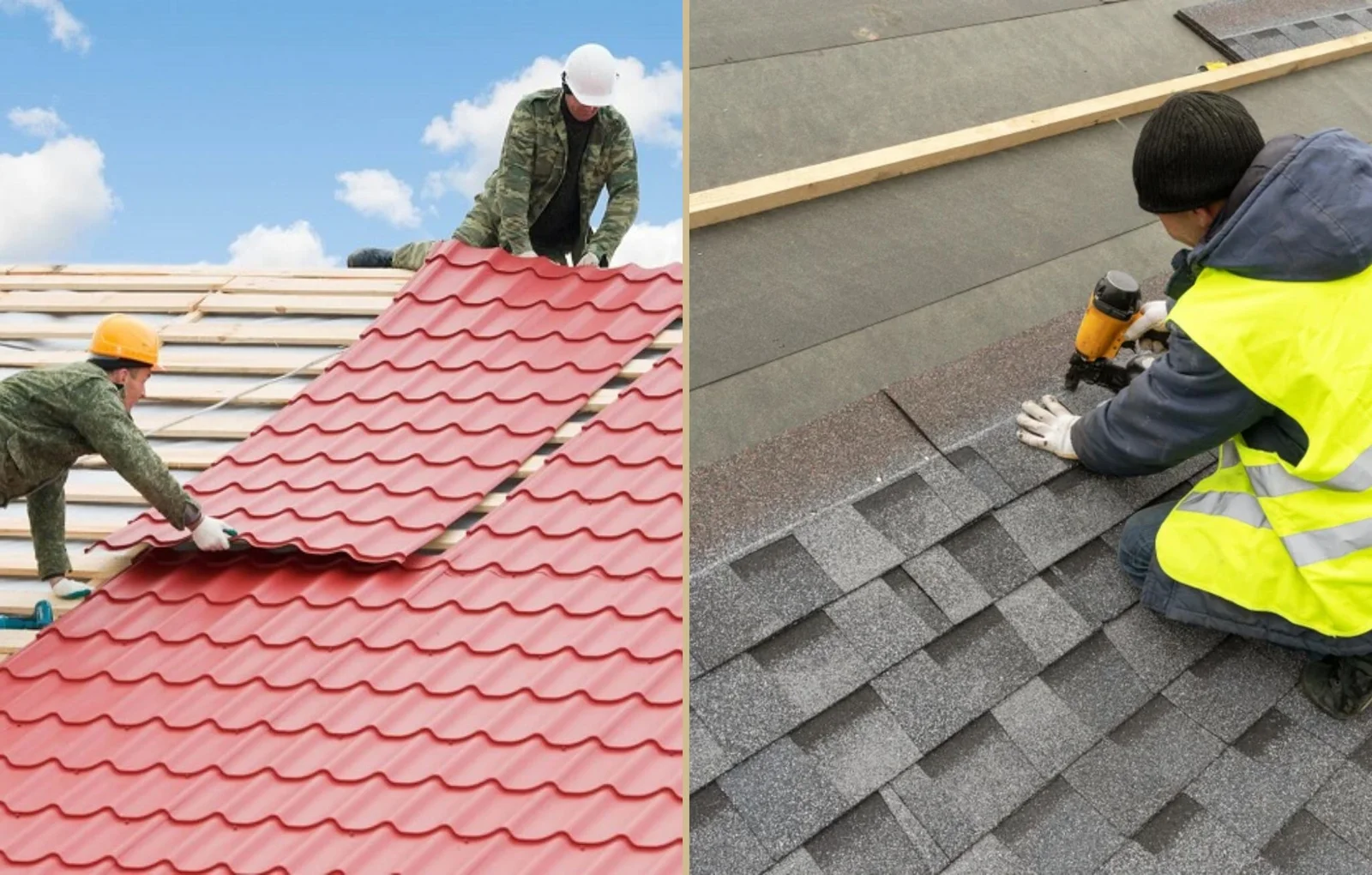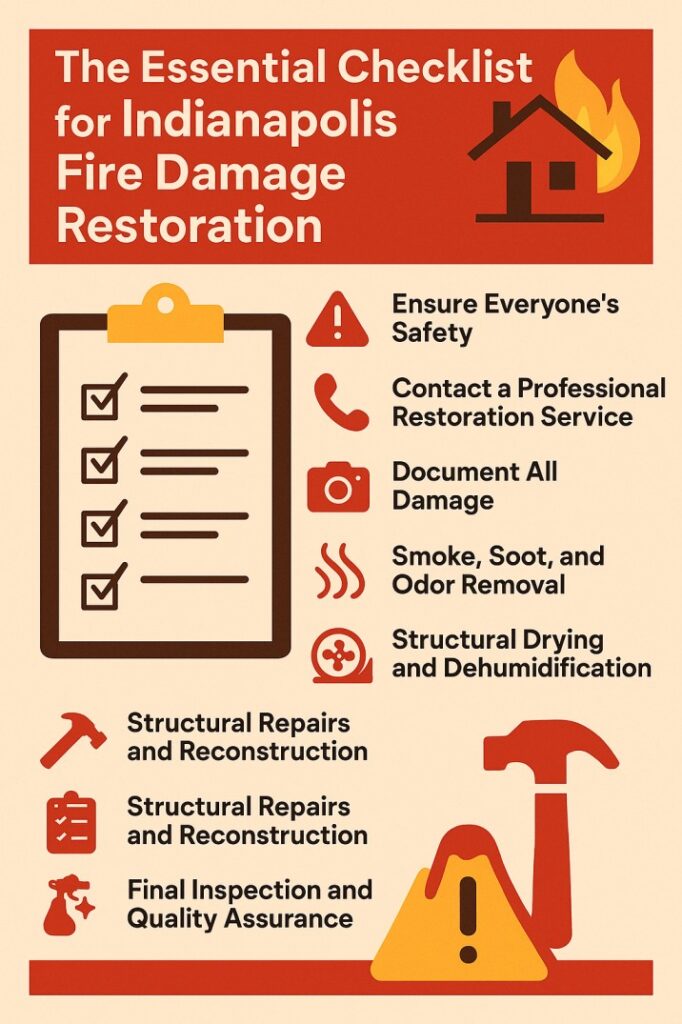The argument between asphalt and tin roofing frequently arises when selecting a roofing material, particularly for residential projects. Both builders and homeowners consider a number of aspects, such as long-term value, durability, maintenance, and initial cost. Tin (or metal) roofing may eventually prove to be a more cost-effective option, even if asphalt is frequently the less expensive option initially. Is tin roofing truly less expensive than asphalt roofing? Which cost factors—upfront costs, longevity, maintenance, or overall return on investment (ROI)—you prioritize will determine this.
Initial Cost: Asphalt is More Affordable
- Material Price: Asphalt shingles are less expensive up front. Because basic asphalt shingles start at about $1 to $2 per square foot, they are an affordable option for homeowners on a tight budget. However, the price of tin roofing usually ranges from $4 to $7 per square foot, though this might vary according on the metal type.
- Labor Costs: Asphalt roofing is easier to install and therefore incurs lower labor costs. Installation for tin roofing is generally more labor-intensive, which further raises initial costs.
- Availability: Asphalt shingles are readily available in various styles and colors, often reducing delays and contributing to lower prices overall. Depending on the region, metal roofing may be more expensive to ship and have a longer lead time.
Lifespan: Tin is More Durable
- Longevity: Asphalt roofs usually last 20 to 30 years, but tin roofs can survive 40 to 70 years or longer with the right care. Although asphalt may seem cheaper at first, it may need to be replaced at least once over the time that a tin roof lasts.
- Replacement Frequency: Asphalt roofs will likely require replacement after 20 to 25 years, potentially doubling or even tripling total costs over decades. Tin, with its longer life, provides savings by minimizing the need for replacements.
Maintenance and Repairs
- Asphalt Maintenance: Over time, asphalt shingles may lose granules, curl, or crack, particularly in regions with severe weather. Although repairs are simple, they can become expensive over time.
- Tin Maintenance: Tin roofs often require less upkeep and are more resilient to weather-related deterioration. They are impervious to algae, mold, and mildew, which frequently damage asphalt roofs.
- Energy Efficiency: In the summer, metal roofing helps keep dwellings cooler by reflecting more sunlight. This may result in long-term benefits by lowering energy expenses during the warmer months.
Environmental Considerations
- Recyclability: Tin or metal roofing is recyclable and often made from recycled materials, making it an eco-friendly choice. Asphalt shingles are less environmentally friendly, often ending up in landfills.
- Energy Savings: Metal roofs with reflective coatings can save even more money by improving energy efficiency.
Return on Investment (ROI)
- Home Value: Many home buyers consider metal roofs a premium feature, potentially adding resale value to a home. Asphalt roofs are standard and may not add as much value.
- Insurance Savings: Metal roofs are often fire-resistant and can withstand extreme weather, potentially qualifying homeowners for insurance discounts.
Conclusion: Which One is Cheaper?
“Is tin cheaper than asphalt roofing?” is a question to consider. The response differs. In the short run, asphalt is less expensive. Tin roofing, however, might be a better, more affordable option if you intend to stay in your house for a long time or if durability and energy efficiency are important to you. A tin roof may be more expensive initially, but over the years, its durability, reduced maintenance needs, and energy efficiency may make it a prudent investment.









